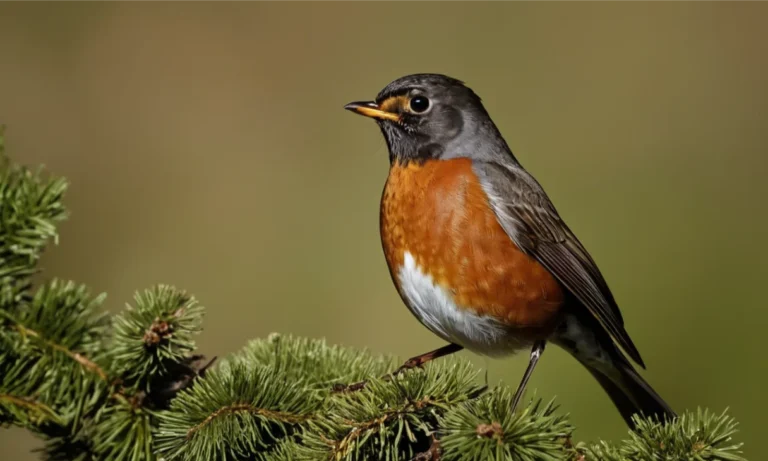The Complete Guide to Attracting American Robins to Your Backyard
As one of the most familiar and recognizable backyard birds in North America, the American Robin holds a special place in many nature lovers’ hearts. These red-breasted thrushes will reward home gardeners with cheerful spring songs, diligent insect control, and boundless personality when you invite them to stay awhile1.
In this complete guide, backyard birding enthusiasts will discover tips for attracting nesting pairs of American Robins through thoughtful native landscaping, feeding stations, water sources, and shelter.
Why Attract American Robins?
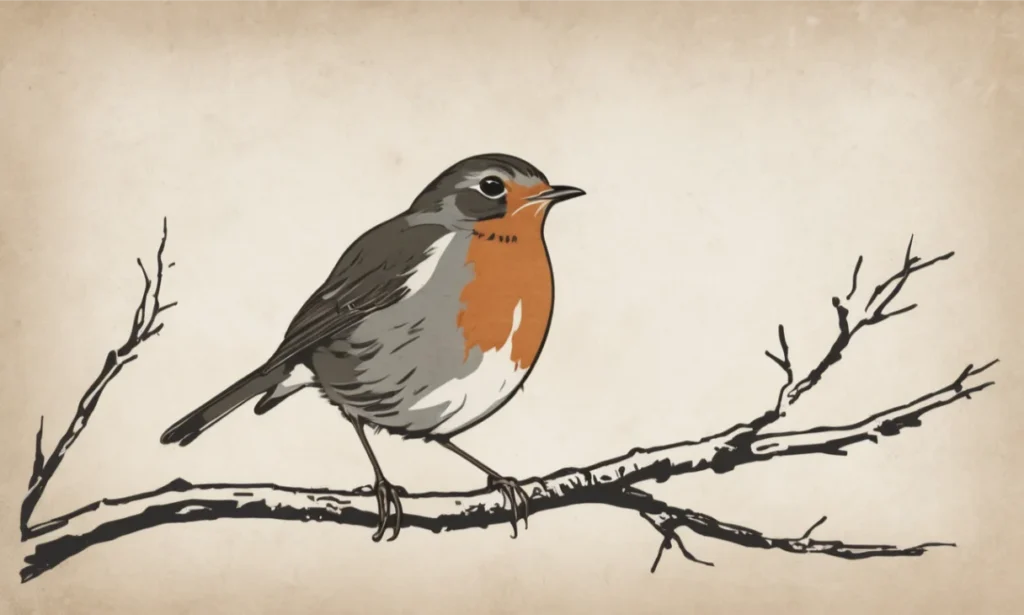
Before diving into the method, let’s highlight some stellar reasons you’ll want American Robins frequenting your green spaces:
- Pest Control: Robins consume vast quantities of beetles, grubs, caterpillars, and other lawn and garden pests. Their worm-pulling aerates soil too!
- Seed Spreading: Fruits pass through their digestive system and take root through their droppings around your yard.
- Entertainment: Cheery songs, silly antics, nest building, bathing, and rearing young offer free backyard reality TV.
- Education: Easy to observe, robins introduce children to nature and biology basics like migration, reproduction, anatomy, and more through memorable hands-on encounters.
Creating the Ideal Robin Habitat
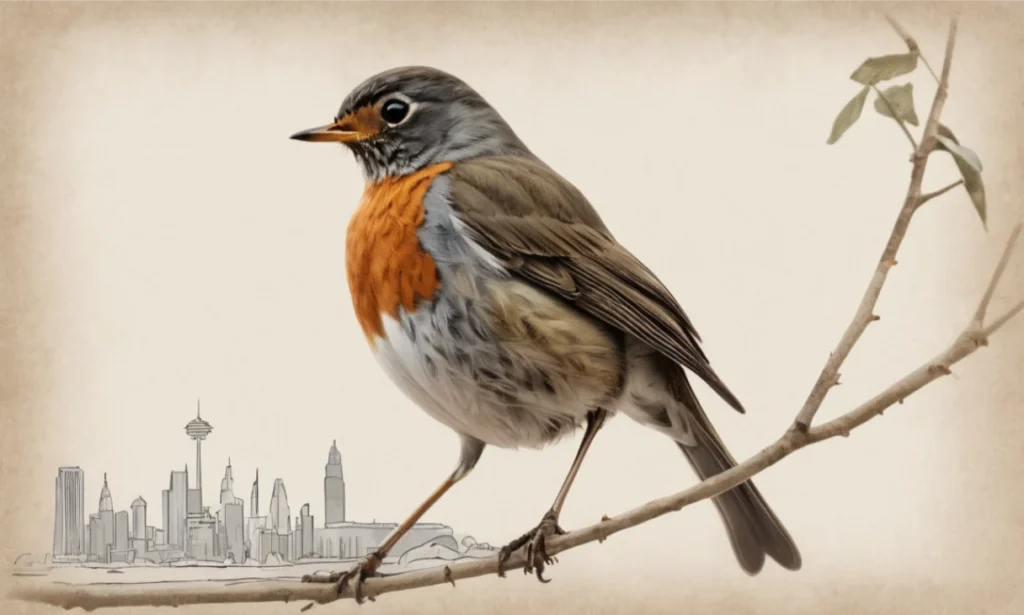
American Robins thrive in habitats that mimic their natural forest edge preferences on a smaller suburban or urban scale. Follow these tips to get your habitat fundamentals right:
- Include a mix of open grassy areas for finding worms and dense landscaping trees and shrubs to hide nests.
- Plant native species that provide natural food sources through fruits, berries, seeds, and harboring insects.
- Layer varied heights from lawn up through ground cover, shrubs, and trees to support different robin behaviors.
- Landscape with a focus on food plants by selecting these robin-favorite trees and shrubs: Dogwoods, American Holly, Crabapples, Serviceberries, Wild Grapes, Blackberries, Sumacs.
- Allow leaf litter and rotting wood debris to accumulate naturally so insects can thrive.
- Avoid pesticides in your plant and lawn care regimen that reduce insects and worms robins rely on.
“My snow-frosted winterberry shrubs seem bare and bleak to me in December. But hungry robins spot the leftover bright berries as their own personal buffet to fuel migration or tough out northern winters.” – Mary, Rochester NY
Offer Supplemental Feeds
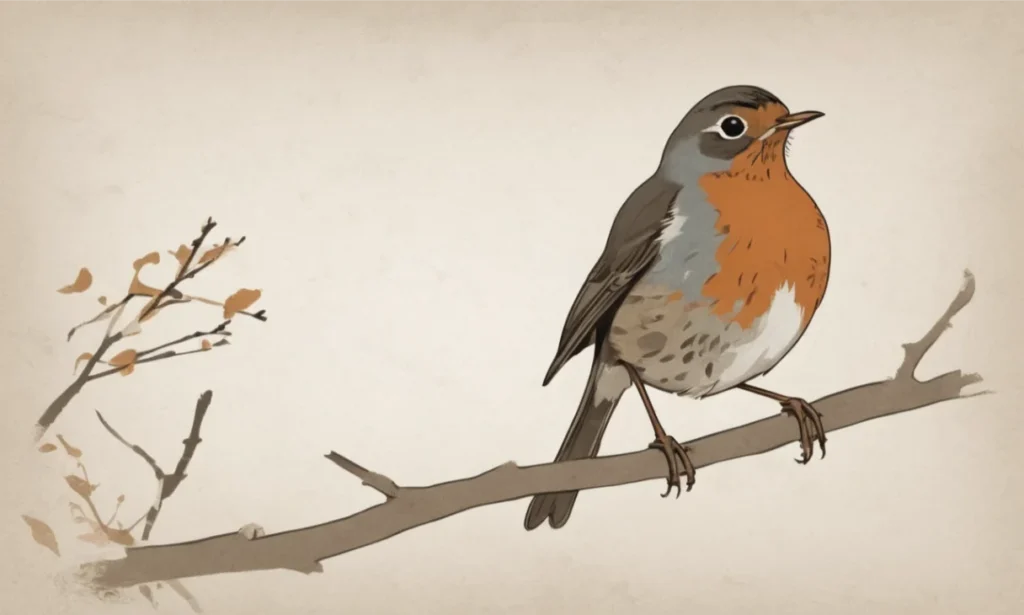
While mature native plants can provide complete nutrition, offering supplemental feeds will make your habitat even more attractive to visiting and resident American Robins.
- Include a birdbath, dripping water fountain, or rain garden for drinking and bathing.
- Serve live mealworms in platform feeders or sprinkled at ground level.
- Offer nutrient-packed chopped fruit and berries like raisins, currants, strawberries, and even apples.
- Spread birdseed mixes with sunflower chips, cracked corn, millet, suet nuggets with fruit.
- Try specialized robin food blends with insects, nuts, and fruit from bird feeding brands.
“Hand-feeding friendly robins is the perfect gateway activity for getting kids hooked on nature for life. Those first beak pinches ofmealworms or raisins from their palms lead to magical backyard moments.” – Mark, Toronto CA
Safeguard Nest Sites
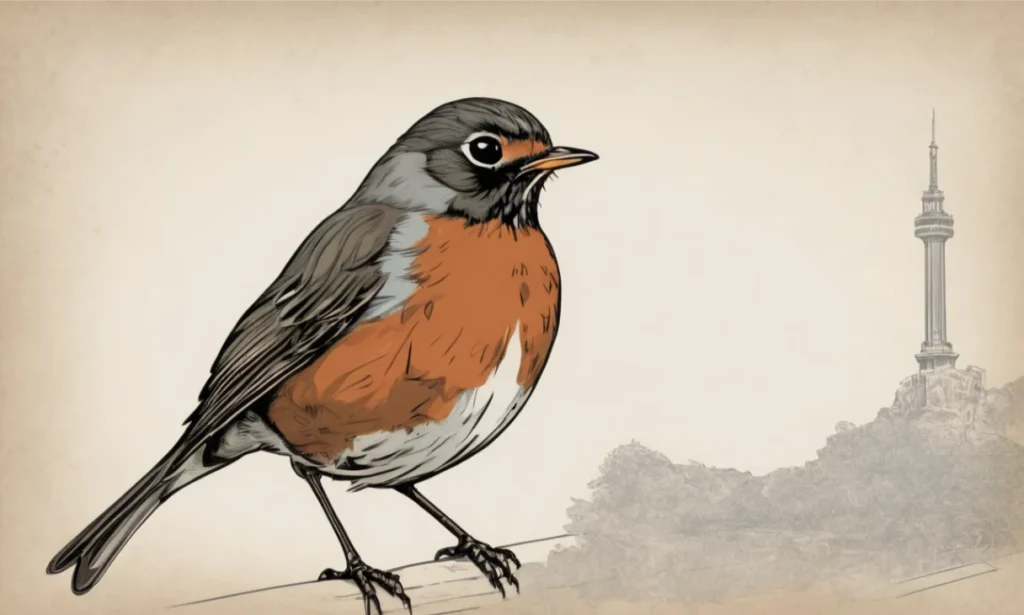
Robins begin scouting nest locations in early spring, seeking sheltered spots 5-15 feet off the ground on stable branches, ledges, or human structures. Ensure good nesting prospects by:
- Erecting wooden nest boxes or platforms specifically sized for robins.
- Checking any outside structures like sheds, play equipment, or porches as potential sites to safely accommodate nests.
- Pruning overhanging branches around possible nest placements to deter predators.
- Tolerating minor property leaks or damage that may occur from the mud gathering and grass weaving intrinsic to nest building.
“We have a big wooden playground set that needed to be pressure washed every couple years to remove mud nest remnants. But spotting fresh eggs or newly feathered hatchlings peering over the edge each spring makes the mess totally worthwhile for our family.” – Lauren, Milwaukee WI
Discouraging Competition
Robins themselves can be aggressive towards territorial rivals or predators in defense of nest sites. But homeowners should proactively deter other species that may limit robin access or even prey on vulnerable eggs and hatchlings:
- Install mesh netting over sand baths, ponds, birdbaths or window wells to prevent drowning.
- Use humane removal for house cats allowed outdoors.
- Trim trees and structures to reduce squirrel access.
- Apply bird-safe gel repellents along likely climbing routes of snakes and raccoons.
- Follow integrated pest management for dealing with hazardous invasive competitors like European Starlings or House Sparrows.
Knowing these common backyard hazards contributes toward sustaining healthy American Robin populations.
American Robin Symbolism
The American Robin has long held a special symbolism and meaning in American culture. Its bright plumage and cheerful spring song symbolize hope after long winters, renewal, and new beginnings. Robins famously herald the coming of spring and are thus seen as harbingers of warmer days, the greening landscape, the return of life and abundance. Their sociable ways, approachable nature around humans, and familiar presence in backyards lend them an everyman charm.
For these reasons, the American Robin symbolism appears often in poetry, songs, films, logos, stamps, and legend as a classic symbol of cheerfulness, sunshine, optimism, and the American experience. More solemnly, robins may symbolize impermanence due to their seasonal patterns of migration between north and south.
Their crimson-stained chest evokes religious allusions equating the robin with Christ’s sacrificial blood. So be it blessings of renewal or life’s fragility, the familiar American Robin carries rich layers of symbolic meaning for Americans.
Key Takeaways
- Plant native species with fruits and berries robins favor
- Welcome robins to build secure nests on your property
- Provide supplemental feeds like mealworms and birdseed
- Add safe water sources for drinking and bathing needs
- Discourage predators and invasive competitors
Ready to turn your outdoor space into a robin magnet? Curious if you have further questions. Keep reading for an in-depth FAQ!
Frequently Asked Questions
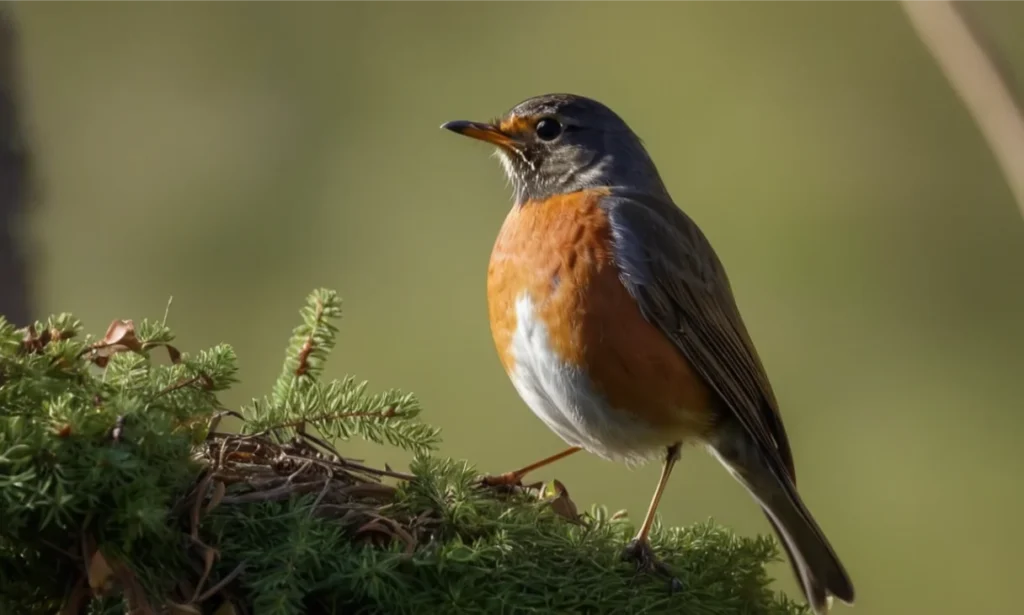
How long do robins use a nest?
Robins may renovate and reuse an existing nest for a second brood in the same summer if it remains sturdy and concealed from the first use. But typically they build a fully new nest each spring season.
Do robins migrate or stay year-round?
The American Robin has a complex migration pattern based on weather and latitude. Northern robins migrate south for the winter while southern robins may overwinter. Some robins remain year-round if winter temperatures are mild or food is adequate, especially in backyard habitats.
How many broods can robins raise per year?
American Robins produce 1-3 broods per breeding season from April to July. The average is 2 successful clutches. Each clutch contains 3-5 eggs that incubate for 12-14 days before hatching helpless chicks that need care for another 2 weeks.
What plants do robins avoid?
Robins may avoid thick evergreen trees like spruce or juniper that offer less food and visibility. They also shun spaces too open or too enclosed. Focus instead on the native species and habitat mix recommended earlier that suits their natural preferences.

